We talk influences and behind-the-scenes exclusives with rising UK indie filmmaker Richard Rowntree, writer and director of the upcoming folk horror film Dogged.
I recently had a chance to screen the impressive new folk horror film Dogged, the debut feature from talented filmmaker Richard Rowntree. The film is currently making an impressive run on the film festival circuit, heading next to the Horrific Film Fest in San Antonio, Texas, this weekend. I had the pleasure of sitting down with writer and director Richard Rowntree to talk to him about the movie and the secrets behind successful DIY indie filmmaking.
INTERVIEW WITH FILMMAKER RICHARD ROWNTREE
Dogged started off as a short. Did you always envisage that it would be made into a feature length film as well?
No, that wasn’t the plan. We had done a bunch of short films before. When we make them, we always try to make them a small snippet out of a much bigger story, so they can make sense, rather than try and create this complete narrative that starts in 5 -10 minutes. When we were writing the short for Dogged, we did kind of think about how it would be expanded on either side of what we were going to see in the short. But it was never made with the idea that we would get to do that.
We (all the producers) had different ideas of the back story of the characters in the short and where they might go after. It took a couple of months for us to sit down and argue our point as to why this would be a better idea than that and vice versa. After we ironed that out, we sat down and we did a 19-page draft of the script over 8-9 months.
Writer Matt Davies and myself meet up once a week to go through the ideas we had. We would do a draft or notes and send them back and forth between us. Then every month we would meet up with the producers, sit down and again explain our decisions. Everything was given a lot of thought and detail; it was a very collaborative script from the start.
What made you decide to make it a folk horror film?
We all really enjoyed the folk horror revival that has happened in the last few years — films of Ben Wheatley, Kill List (2011) and A Field in England (2013), and things like that. There is more interest in this now, particularly in the UK. There all these weird old traditions that we still have going on to this day. We have Morris dancing, which is a bizarre thing. Not necessarily that people believe it, but its entrenched in our psyche in the UK, and it really interests me.
I am a member of a folk horror group on Facebook, which has so many members from all around the world. Folk horror encompasses a huge amount, not just film — it’s art, literature and immersive theatre. We wanted to make a film that we wanted to watch ourselves. I am not really into slashers. I just wanted to make something a bit different that I would be really intrigued to watch myself.
Who and what were your influences when making Dogged?
Ben Wheatley for sure. In a bizarre kind of way, I prefer to watch horrors and thriller films. It’s not great because my wife doesn’t, so we end up watching films separately quite a lot of the time. I enjoy watching everything, and you can always take something away from it. There are no films that are so bad there is nothing in them you can’t take away.
It is not all necessarily related to horror. Growing up as a kid you watch Spielberg films, certainly the ones from when I was growing up — they kind of blow you away. When I was watching things like Jaws (1975) and Indiana Jones as a kid, the excitement you feel with those is fantastic.
I watched a lot of horror films when I was way too young, which I think a lot of people who love horror did. Watching things like The Shining (1980) when I was really young completely terrified and stuck with me. Another stupid one that got me when I was a kid was Gremlins (1984). It terrified me. I think the creatures in it were so well done, and the idea of them popping out of the cupboards in your kitchen really scared me. I have always enjoyed the thrill of being scared by watching a movie.
That’s not what we done with DOGGED, it’s not that kind of jump scare movie. But when I was in my mid-teens, I started discovering these movies that weren’t just about jump scares…they were unsettling. Those were the ones I thought about a lot longer after I finished watching them. When I watched SEVEN (1995) for the first time, it was something that really stuck with me. It is not necessarily what you would call a horror film, but the psychological elements of it really affected me.
Dogged has been recognized critically for the visual style and the music. What preparation did you do designing that?
For the music, James Griffiths is incredible as a composer. He did the short for us, and we had quite a few discussions before we started shooting about how important the music was to horror films particularly. You can go through a period during the story where you are not moving things on particularly quickly. You don’t want to use a lot of quick cuts to disengage the audience when you are trying to deliberately pace something slowly. You need that music for things to move you along.
For me the music in any kind of film should lead you on an emotional journey, and James is phenomenal at that. He was working at a rapid pace, doing scoring and sending us clips every two or three days with a minute or two. I don’t think there was any time that I sent it back and said I didn’t like it. It was brilliant, and it flows. There is a lot of music in the film, and a number of people have pointed out that it’s like another character. It’s kind of haunting and threatening and at times also very subtle. But it always leads you to where we wanted you to be as filmmakers.
The visuals were obvious — DoP (Director of Photography) Christopher Foulser and Lee Wignall the editor had a huge impact on that. Filmmaking is very collaborative for me, and I am always prepared to listen to opinions and these guys had great ideas. The lighting as well was really important. We had a great gaffer with Christopher Wilson, and the subtlety of the lighting really helps because it makes it feel very natural. In addition, Lee Wignall did a fantastic job bringing out the greens and reds in the film, which really helped to make the backstory different.
The film was financed through crowdfunding. Did you have any issues during filming due to the budgeting constraints?
We raised the money a long way in advance to doing the shoot for Dogged, and we had so many talented people working and putting there all in. Everyone, from the costume designers, to hair and makeup, to the production designer, Mel (Wignall), was amazing. Mel came in quite a long way under budget on the production design, and she still had a garage full of props, signs, and all this kind of amazing stuff that she managed to procure from here there and everywhere.
We were quite well prepared, but we did have a major issue on our first day of shooting. We had a jib made for us as we couldn’t afford to buy the big proper expensive one. We have this talented carpenter, who built us a wooden rig jib that we would use on the top of our tripod, and he built us a set of rails so we could do long tracking shots.
We went to put the jib on the first day, but it was too heavy and broke the tripod. We panicked for about 10 minutes, and then a couple of the guys ran down to Argos to buy a cheap tripod for the rest of the day. By the time we came to shoot the next weekend, the guy who made us the rail made us a remarkable weight baring triangular base to replace the tripod. It was so DIY, and there are so many things on YouTube where you can see how people make these things. You do get some great shots, but you need a lot of practice before you start to use them on the set of a feature film.
What was your favorite scene in the film?
There were a couple which were really good fun to do. The sex scene in the car was a fun one to do, as well as the one where Sam (Sam Saunders) drops his phone in the toilet. For people who haven’t seen it, he’s having a pee in the morning. He gets a message on his phone, and when he gets it out he drops it in the toilet. Some of its shot from a really low angle down between his legs as he pees, so you see the pee coming out, then you see the phone drop past it.
I was involved on the floor underneath Sam pointing up with the camera at a really of odd angle. We rigged up this pee machine, which was pump operated and filled with orange squash. We were in close quarters, so the camera was being passed through the door. It was crazily claustrophobic and probably the most fun moment.
Where there any scenes which you were unable to film due to problems on set or budget?
There were a few things which I would have perhaps done differently in a more controlled environment. The showdown at the stone circle, for example — I would love to have created that in a studio to completely control everything. But studio space is expensive. And although I could have probably convinced my boss to lend us the plants to make it look like a realistic forest in the studio, it would have been a lot of work.
What advice would you give to someone who wants to get into filmmaking?
Go out and make films. You can shoot really good quality films on your iPhone now, and the more you practice the better you will get. If you want to make rigs for yourselves, look on YouTube. There are lots of tutorial on there. You can make so many good jibs, sliders and the rest of them. Go out there and just practice. You don’t have to put your film out there at the end if you’re not happy with it. But the more you practice, the more you understand what you have to do.
Watch loads of films as well.
Watch a broad range of films, not just the ones you like. I have a problem with watching musicals, but I kind of force myself to do it. I just find them awkward to watch, but I watch them to find different techniques to do different things.


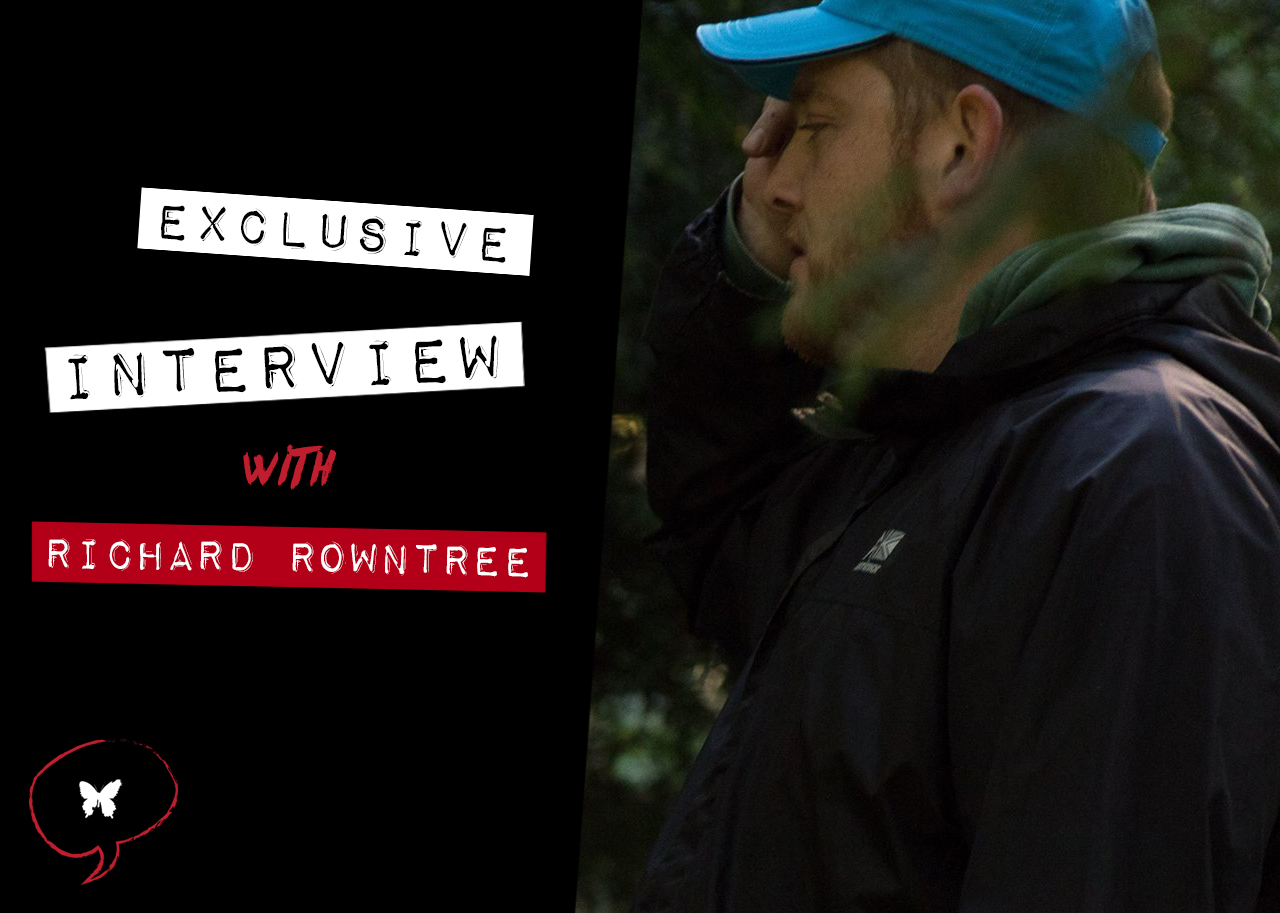
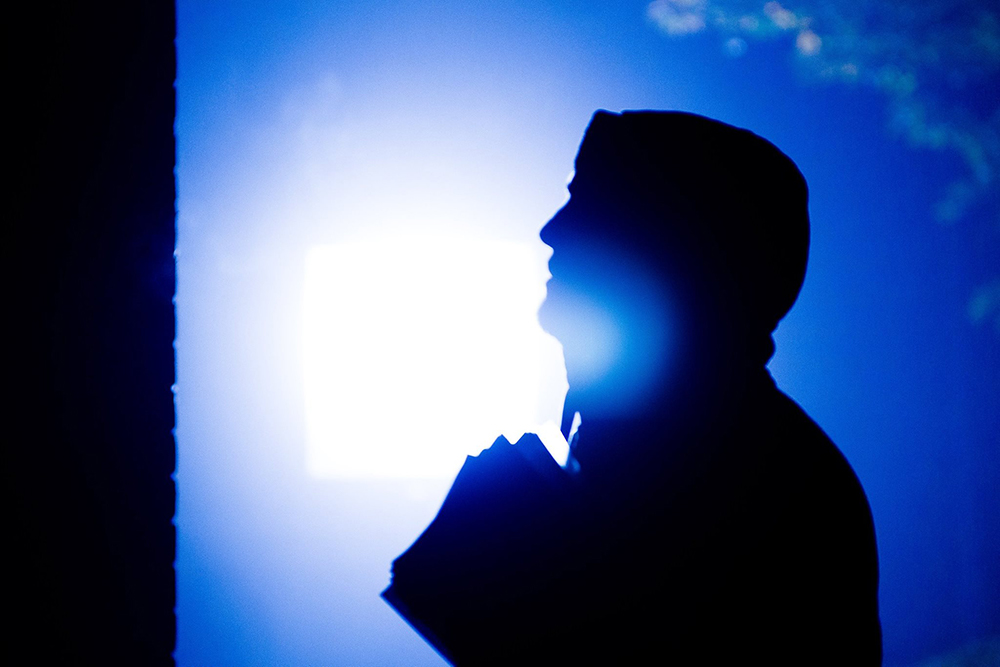
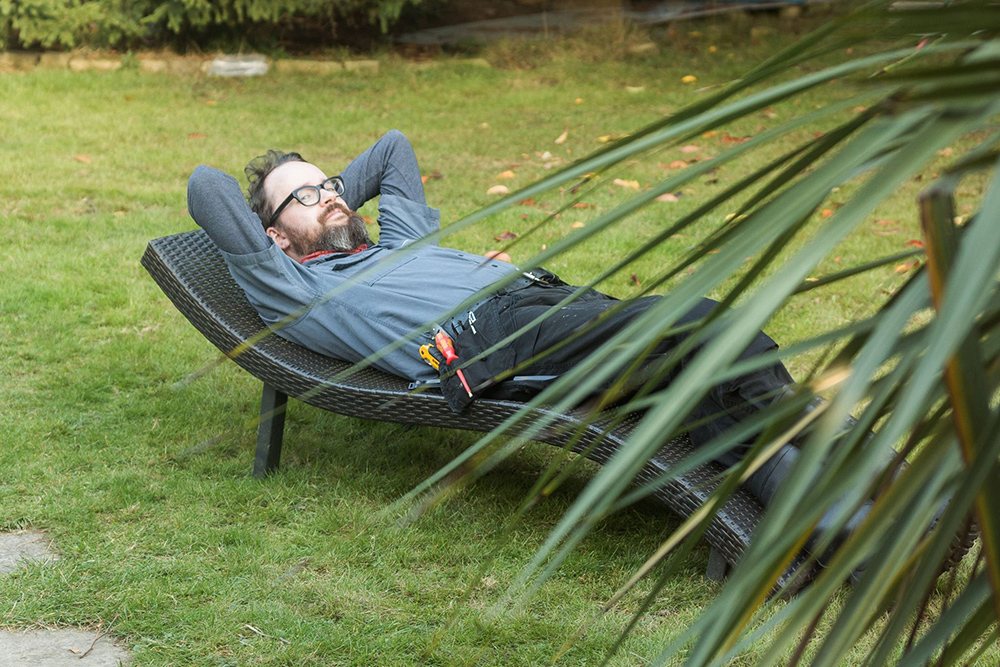
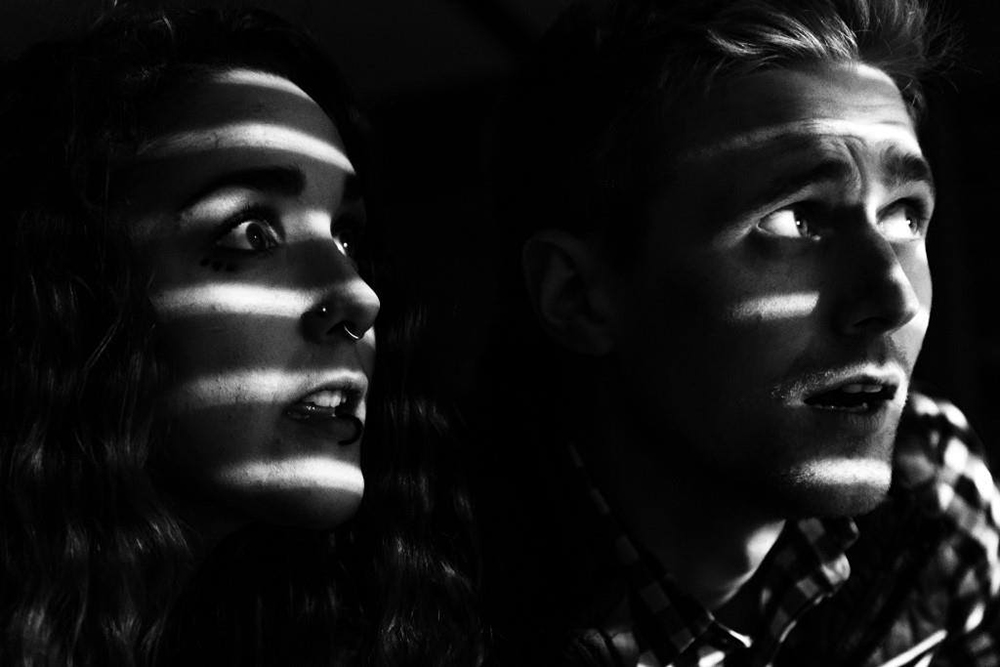
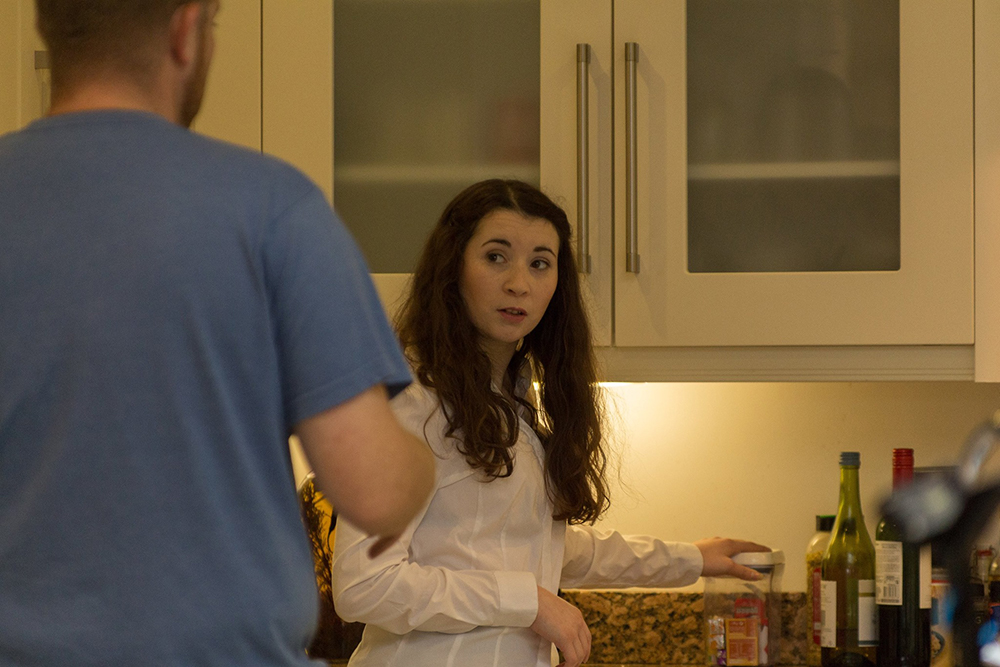
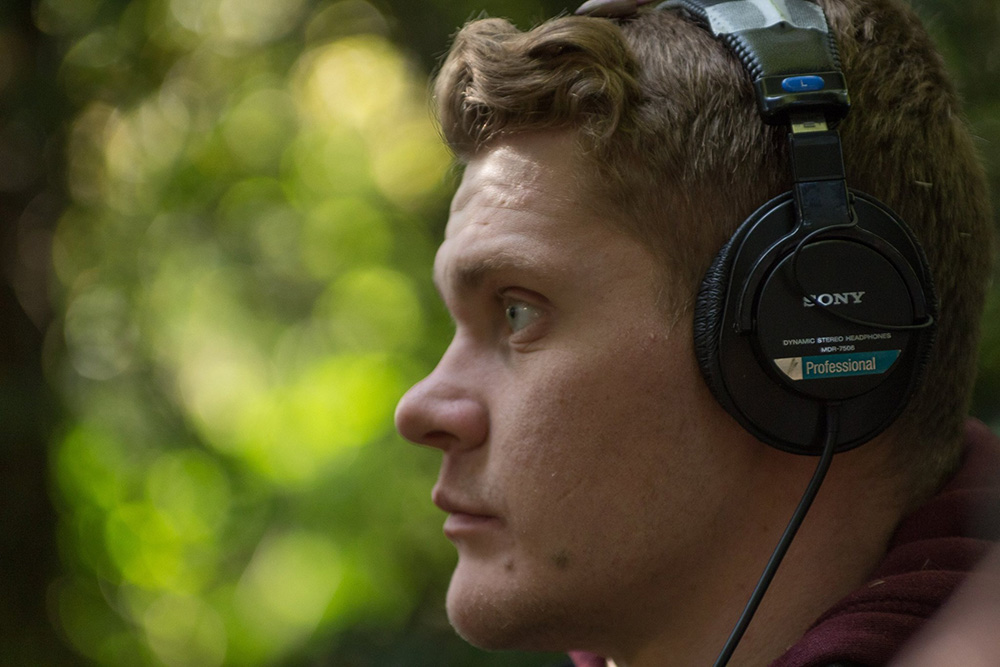
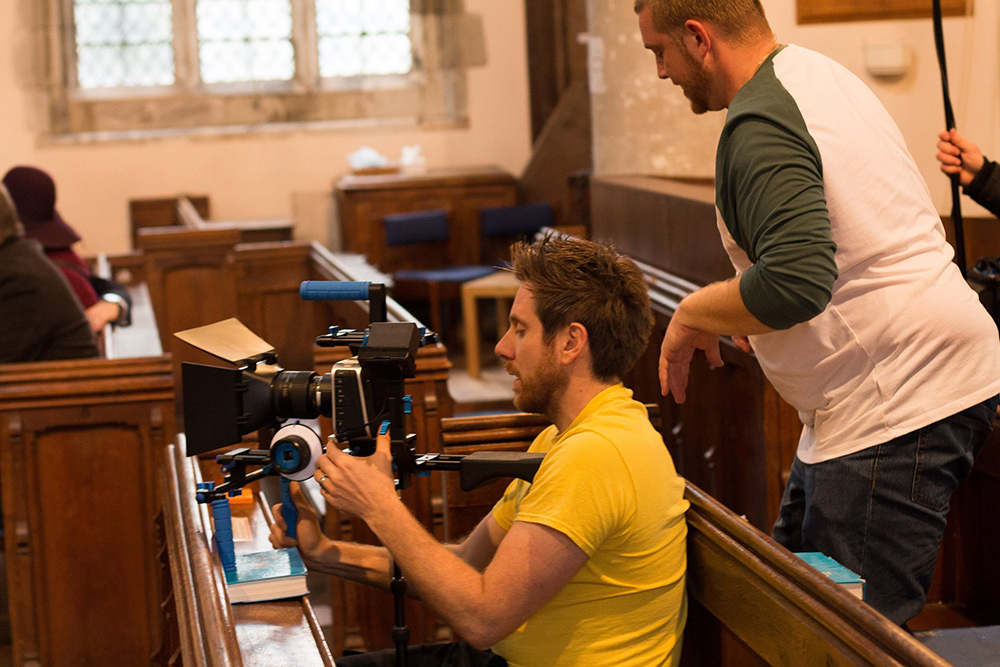


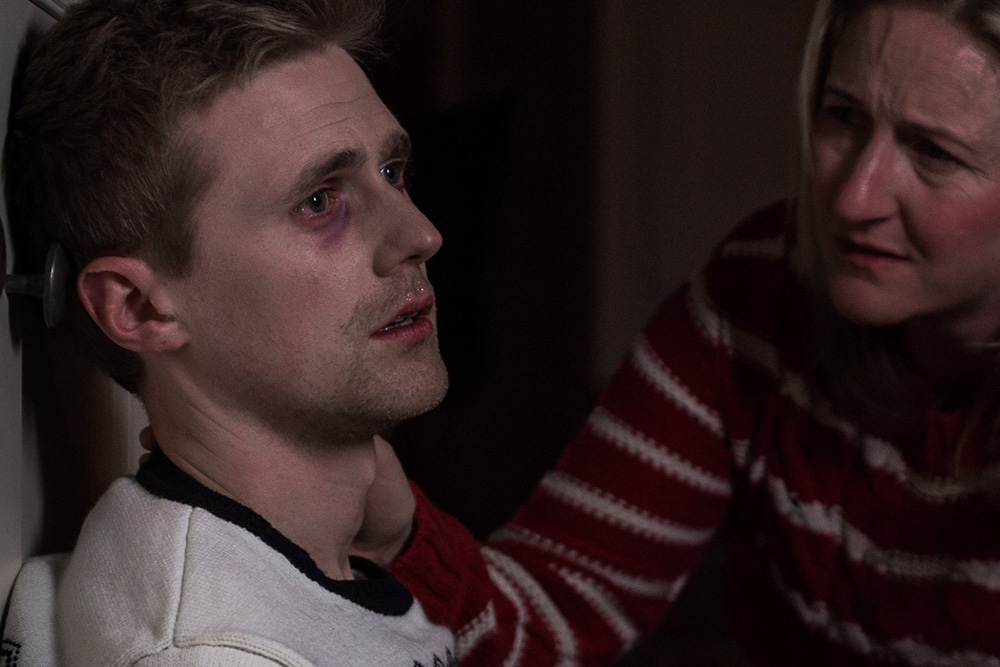


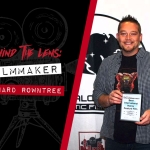
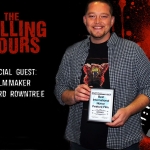
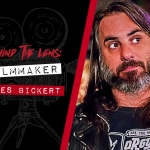
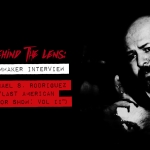






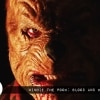




3 Comments
3 Records